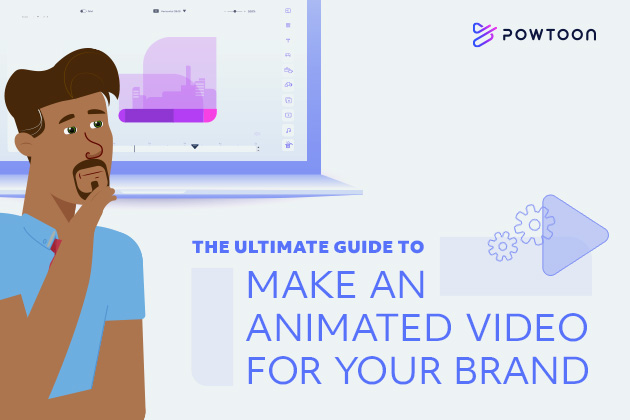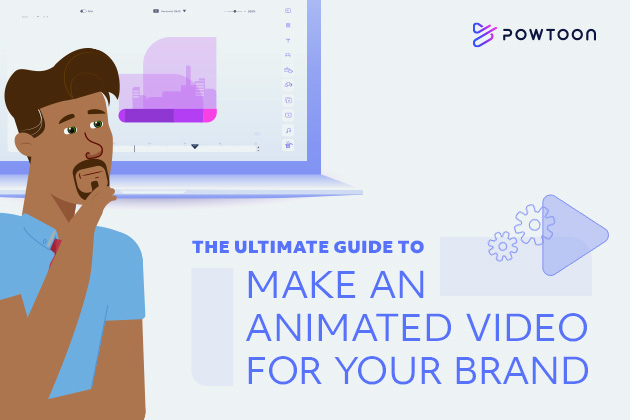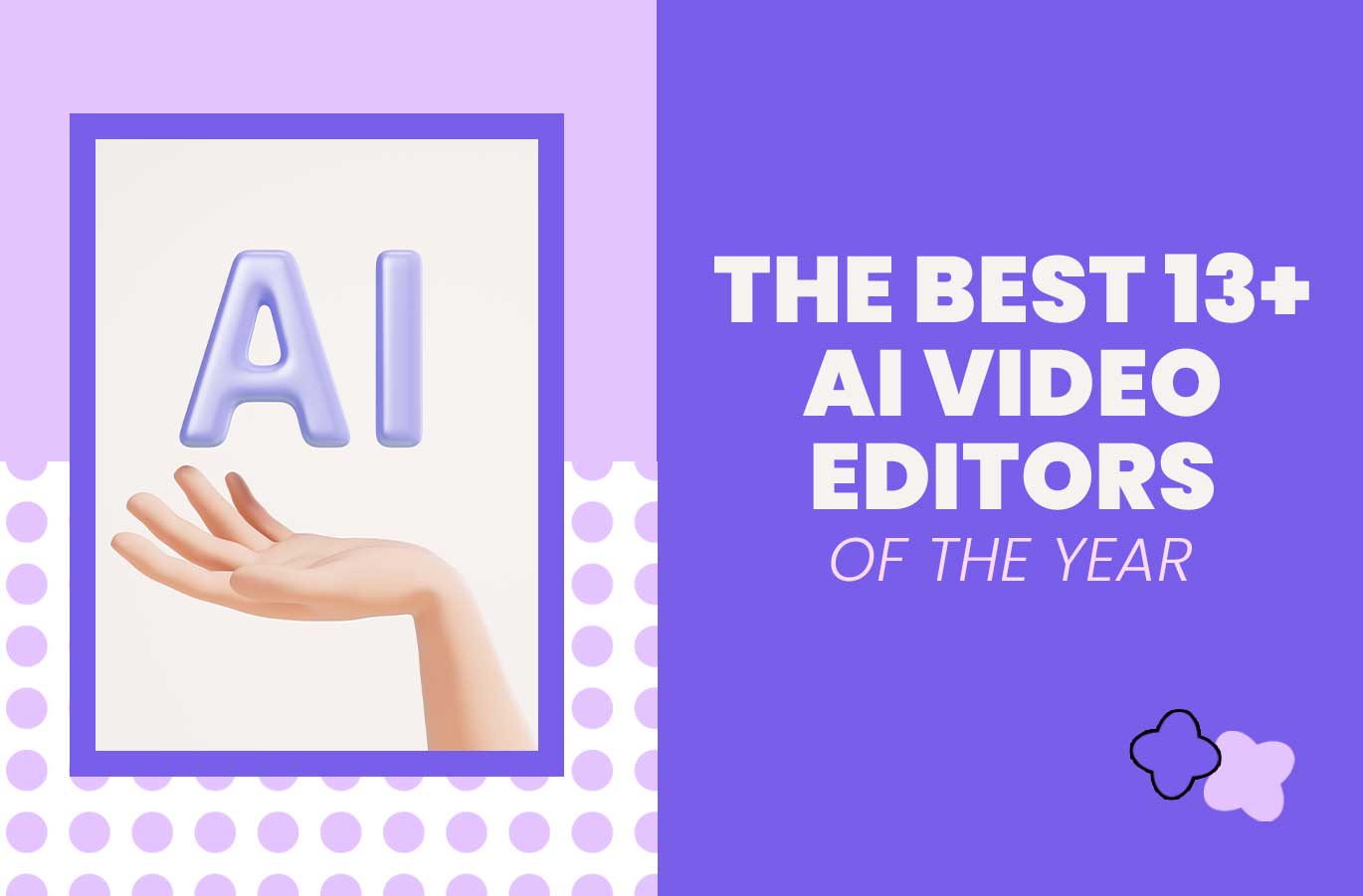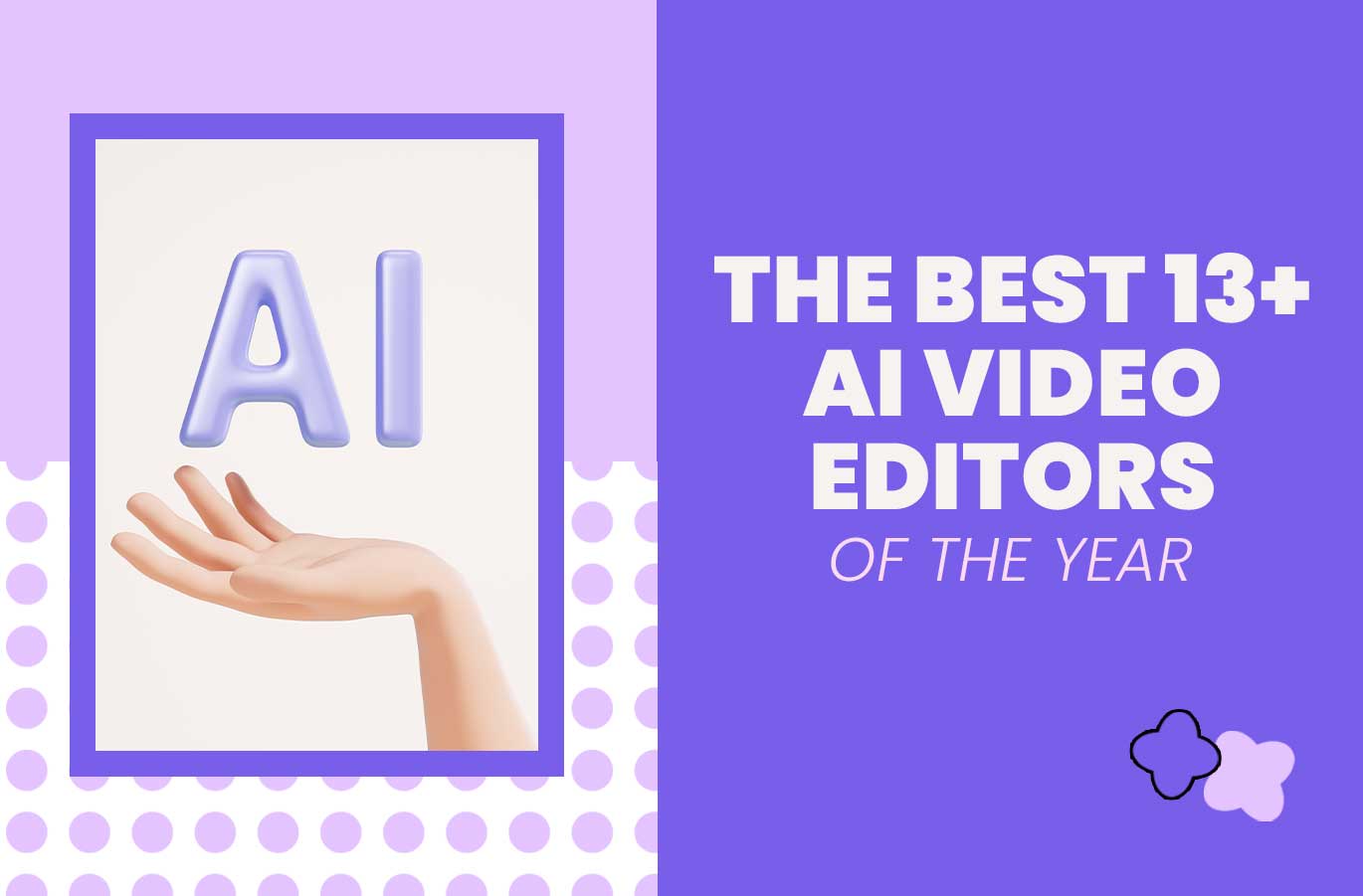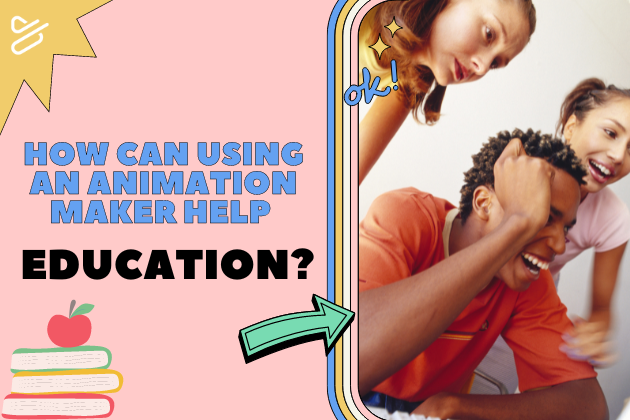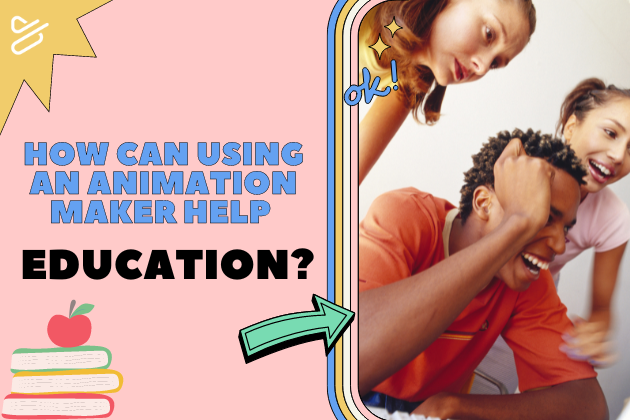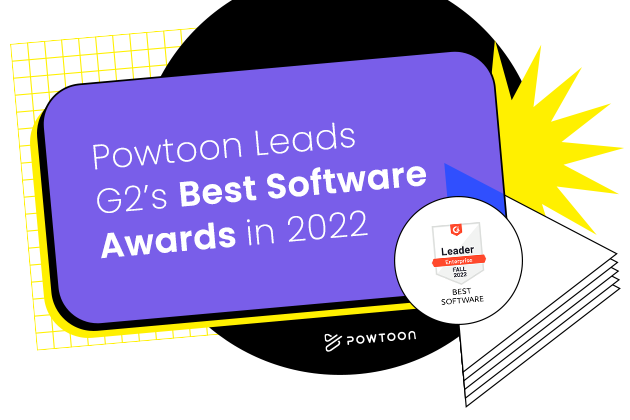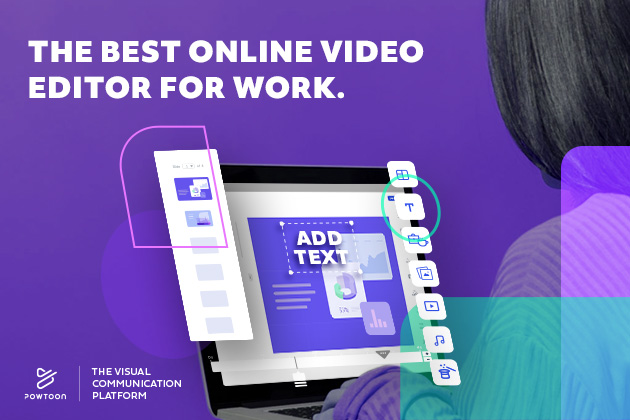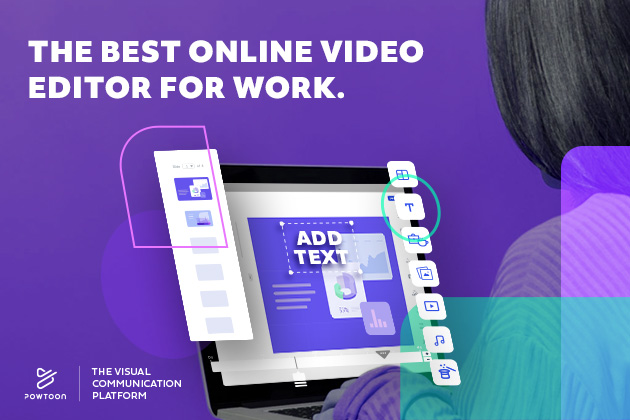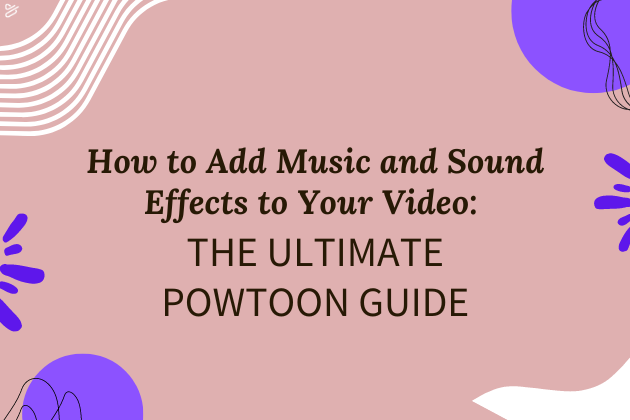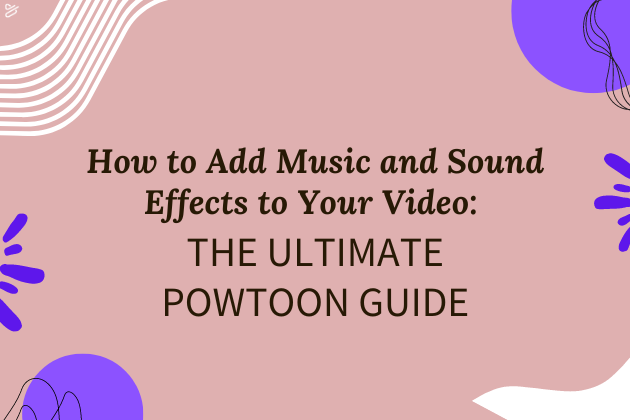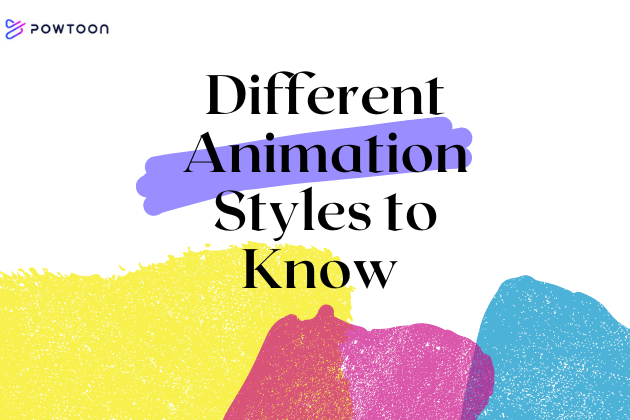
Different Animation Styles To Know
Animation has become a central part of our culture, from creating some of the most loved and adored movies of all time to being used in marketing strategies all the way to creating adverts for customers to connect with. The beauty of animated videos is that it is only limited by the creator’s ideas, as it is an infinitely versatile way of engaging viewers and communicating with an audience.
Whilst animation is often thought of as a fairly recent creation, it has actually been around for over one hundred years. It has taken on many different forms and styles since its inception, from hand-drawn, 2D animation to 3D, computer-generated animation that is fluid and seamless. With some forms gaining more popularity than others, they have been used to create emotional storytelling, informative, animated videos, and everything in between.
We’re going to take a look at some of the most popular forms of animations out there today to help you learn the must-know styles for your next project.
2D animation
2D animation is one of the older and most traditional animation styles. It’s a straightforward style in theory, which involves animation makers hand-drawing two-dimensional images. It is called 2D because it involves animating objects on a two-dimensional plane, such as a flat piece of paper or computer screen, rather than in a three-dimensional space.
When this style was first developed, it involved artists drawing each frame by hand. This style excels in storytelling, and it is what was originally used to create the first Disney movies. Now, animation makers instead use digital software to create 2D animated videos at half of the time it would otherwise take. This allows for more precision, giving creators more time and control over each individual frame.
3D animation
What separates 3D animation and 2D animation is one idea: depth. By adding depth, animators are able to create worlds that appear alive and characters that feel more real. It allows people to connect and relate more with what they are viewing. 3D animation is also referred to as CGI (computer-generated image), as this style of animation requires a computer to create this animation style. With Powtoon’s Character Builder tool, animators can bring their ideas to life with 3 dimensional, customized characters to suit their needs.
The first 3D animation was released in 1976, and it was revolutionary at the time, completely
changing the way creators viewed animation and what we were capable of. It replaced 2D animation due to the ability to create much bigger worlds and widened the scope of creation enormously. Since then, it has become the most popular style by a large margin, with almost all animated movies and tv shows being made with this animation technique. Many brands began using 3D animation due to the effectiveness of video marketing in today’s world, with many popular adverts and videos being made in this style.
Stop motion
Stop motion is one of the original animation techniques, dating all the way back to the 1800s. This technique involves capturing individual frames with models and props and moving them slightly between frames. When all of the still frames are played in a sequence, it helps to create the illusion of motion. Models with moveable joints are often used as they help to create a better sense of fluidity and make it more life-like.
This type of animation dates back to the 1800s, as it allowed people to create the illusion of movement despite not having the technology at the time. The first piece of film using stop motion to animate it was The Humpty Dumpty Circus, released in 1989. Stop motion animation grew in popularity in the 1900s, and it wasn’t until 1925 that the first feature-length movie using this technique was released called The Lost World. The same filmmaker then went on to make 1933’s King Kong which is still very famous to this day, and used stop animation to create the famous monster.
Motion Graphics
Whereas a lot of animated pieces of work are centered around a character and a setting, motion graphics deal with the animation of shapes, text, and graphics to convey the story visually. The animation style often revolves around simplicity, but because of this, it is also essential for animators to be very creative and detailed in order to get across the desired. With no characters or a setting to tell the story or create a feeling, you have to think of unique ways to achieve this in other ways. Objects, texts or shapes that would otherwise be static and not be the central focus of the piece of animation now become the main storytelling device(s).
Motion graphics is particularly useful when it comes to an informative or information-based animated video as the simple animation can help to engage the audience. They often have a narrator, and this helps to make it a lot easier and more interesting to digest more complex ideas.
Claymation
Claymation is essentially the same style as stop motion animation, but due to its popularity, it’s become a technique and style unto itself. Similarly to stop motion, this animation technique uses models made out of clay to create characters that are shot in small, incremental changes to create the illusion of movement. Unlike other types of animation on this list, claymation is very cheap and cost-effective as it does not require complex digital work. However, like stop motion, claymation is also very time-consuming as it requires a lot of attention and focuses on creating a smooth feel between frames.
Despite being a form of traditional animation, it is still very popular today despite the advances in digital animation. Whilst this style can be created digitally, animation makers still prefer it to be done by hand as it offers a truly unique feel, look, and atmosphere that other styles of animation simply do not create. It is not as refined and perfect as other types of animation, and this is precisely what gives it its charm. It’s because of this that many children’s movies are animated using claymation, including popular films such as Chicken Run and Wallace and Gromit.
Flipbook Animation
Flipbooks are about as primitive as animation gets; however, this isn’t necessarily a bad thing. Flipbook animation requires only a pencil and a flipbook to create unique and inspiring animation. This animation style feels incredibly human and personal, and it is visually exciting for people of all ages. There is something wholly unique about seeing a drawing come to life on a small book right in front of your eyes. It is similar to stop-motion animation in that it involves ever-so-slight movements. Today, it is possible to digitally create flipbooks in an animated video format which manages to capture the essence of flipbook animation whilst being able to
Mechanical animation
Mechanical animation is a type of 3D animation that is specifically made to show how a mechanical device works and operates. These animations will often deconstruct a mechanical device, visually removing the out layers and diving deep into the inner workings. Mechanical animations are also commonly made as explainer videos for how something is made and works.
These animations are capable of creating exciting and engaging explainer videos. They are often paired with voiceovers which helps to turn a complex diagram into an immersive explainer video. This also makes these types of animation great for promotional purposes. For example, a company may create a mechanical animation to show how their new and improved car engine works, detailing the changes they’ve made internally from previous models.
Whiteboard Animation
Whiteboard animation is a type of animation commonly used for explainer videos. This animation style was original of an artist hand-drawing on a whiteboard which often involves a doodling style. However, now this same effect can now be achieved digitally too. Animation makers are drawn to this style because of its simplicity yet effectiveness. It can become somewhat of a timeless animation style, with animators constantly coming back to this style due to its ability to inform and storytelling so well.
Live-action animation
Live-action animation is a unique animation style that blends live-action footage with animation elements to create a visually stunning effect. This animation style is often used in commercials, music videos, and feature films. Live-action animation allows filmmakers to combine the real world with fantastical elements, creating a seamless blend that captures the viewer’s imagination.
One of the key benefits of live-action animation is that it offers a level of creative freedom that is difficult to achieve with other animation styles. By combining live-action footage with animation, creators can add a layer of depth and complexity to their work that wouldn’t be possible with just one or the other. Additionally, live-action animation can be a cost-effective way to achieve a high-quality look without needing to build elaborate sets or create entirely computer-generated environments.
Create your next animation with Powtoon
Animation is a versatile, engaging, and infinitely powerful tool for conveying ideas and capturing your audience’s attention. It can be used for anything from animated presentations for your next big talk to blockbuster, life-changing films. Animation can convey emotions from joy to sadness and make people laugh, cry and learn.
With so many different animation styles available, it can be overwhelming to choose the best one for your project. However, understanding the different animation styles and their unique characteristics can help you to choose the right style for your needs. At Powtoon, the animation is made easy. Sign up to Powtoon today to get started with Powtoon’s wide range of creative tools.
Latest posts by Hanna Abitbul (see all)
- How to create an AI avatar - September 25, 2024
- How to Set Realistic Business Goals for 2025 - September 24, 2024
- Best AI script writers in 2024 - June 28, 2024
- How to write a script with AI - June 27, 2024

